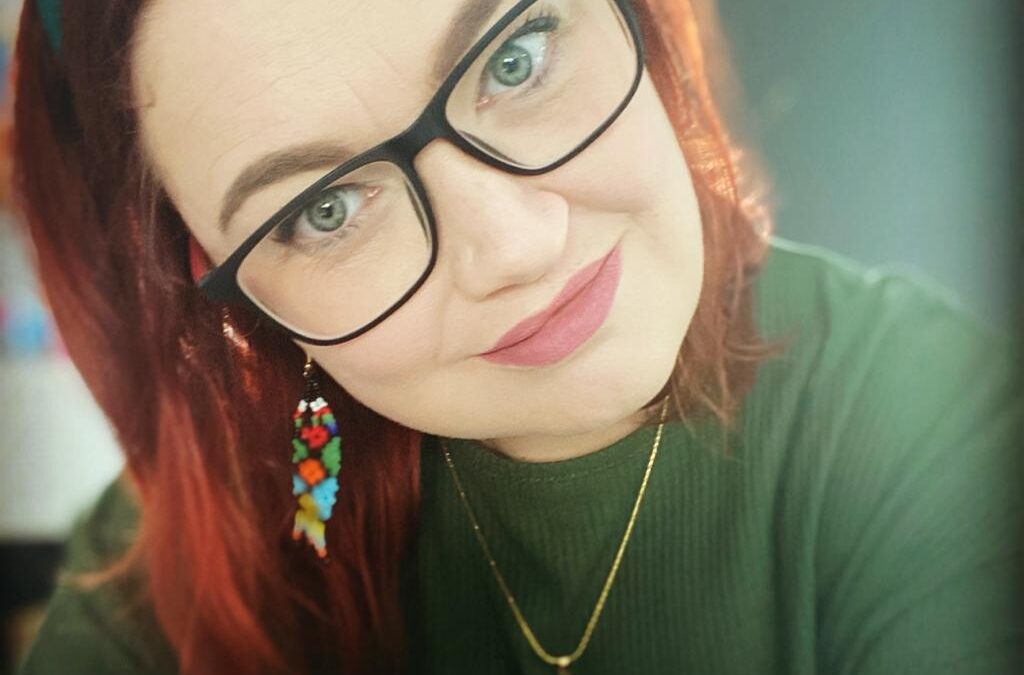In conjunction with the Neurodiversity Week, we asked Maryke Holtzhauzen, a CfBT teacher, teaching in a secondary school in Brunei, who was diagnosed with ADHD
1. Do you recall the moment you first became aware of having ADHD?
Social media! I was identifying with neurodivergent content on TikTok and Instagram and it made me wonder – what if my struggles were genetic, experienced by millions of people, and not personal failings?
2. For individuals new to supporting this cause, explaining neurodiversity to those with limited awareness can be challenging. How can we effectively approach and articulate the concept of neurodiversity to others?
Neurodiversity is a neurotype, meaning our brains are constructed (wired) differently from neurotypical ‘normal’ brains. ADHD is linked to a lack of dopamine. This affects our motivation and focus. But it also gives us superpowers like hyperfocus, exceptional problem-solving skills, and creativity.
3. As a teacher with ADHD, what were some of the challenges you faced in your role, and how did you overcome them?
I am a terrible procrastinator. I used to be so harsh with myself for waiting until the last moment to mark papers or complete admin tasks. Now, I realize that my poor time perception and lack of executive functioning are to blame. I can be kinder to myself and lean into my ability to hyper-focus while learning about time-management to ensure I meet my deadlines.
4. Conversely, how has having ADHD enhanced your effectiveness as a teacher?
My pattern-recognition skills allow me to map out numerous possible outcomes when faced with a challenge. I can quickly identify the best way forward. Some may call ADHDers ‘impulsive’ but I like to think of us as bold. We like to take risks and it is incredibly rewarding when they pay off.
5. Who inspires you the most?
I am inspired by all the women who shared their ADHD journeys on social media. Without them, I would still be in the dark. I am also inspired by my students. I look at some of them and see myself as a 17-year-old girl. But now, I can offer the support and guidance I did not receive as a teenager. Neurodiverse women and girls are chronically under-diagnosed. I was 38 before I received my diagnosis. It makes me feel so good when I share my story, and another woman says, ‘Me too! I thought I was the only one.’ Well, buckle up because I am about to info-dump and open your eyes. You will see yourself in a whole new light!
6. What strategies can teachers employ to effectively teach students diagnosed with ADHD?
Where to begin? A few easy and simple things would be to have some fidget toys available in your classroom. Having something to do with your hands can greatly improve concentration and lessen restlessness. Do not wholly rely on verbal instructions. ADHDers struggle with auditory comprehension due to our scattered thoughts. Written instructions will go a long way. Create a sensory cool-down area in your classroom. Overstimulation is as destructive as under-stimulation. Some of us struggle with PDA – Pathological Demand Avoidance. Give students as much autonomy as a task allows and do not force them to do something – the results will not be fun for anyone. Most of all, be patient. Give them problems to solve and see their creativity flourish.
7. Is it accurate to suggest that children are more susceptible to ADHD due to prolonged screen time and increased accessibility to electronic devices?
I do not believe so. Research has proven that most neurodiversity is a result of genetics. While increased screen time may negatively impact attention span to some extent, ADHD is all about brain wiring. You are born with it. It can’t be cured. Our best way forward is to learn about our neurodiverse traits and adjust our environments and behaviours accordingly.
8. How can we sustain efforts to raise awareness of ADHD within schools?
Share, share, share! My mental health improved dramatically when I learned about neurodiversity. Posters, talks, support groups and even just informal conversations could change a life.

